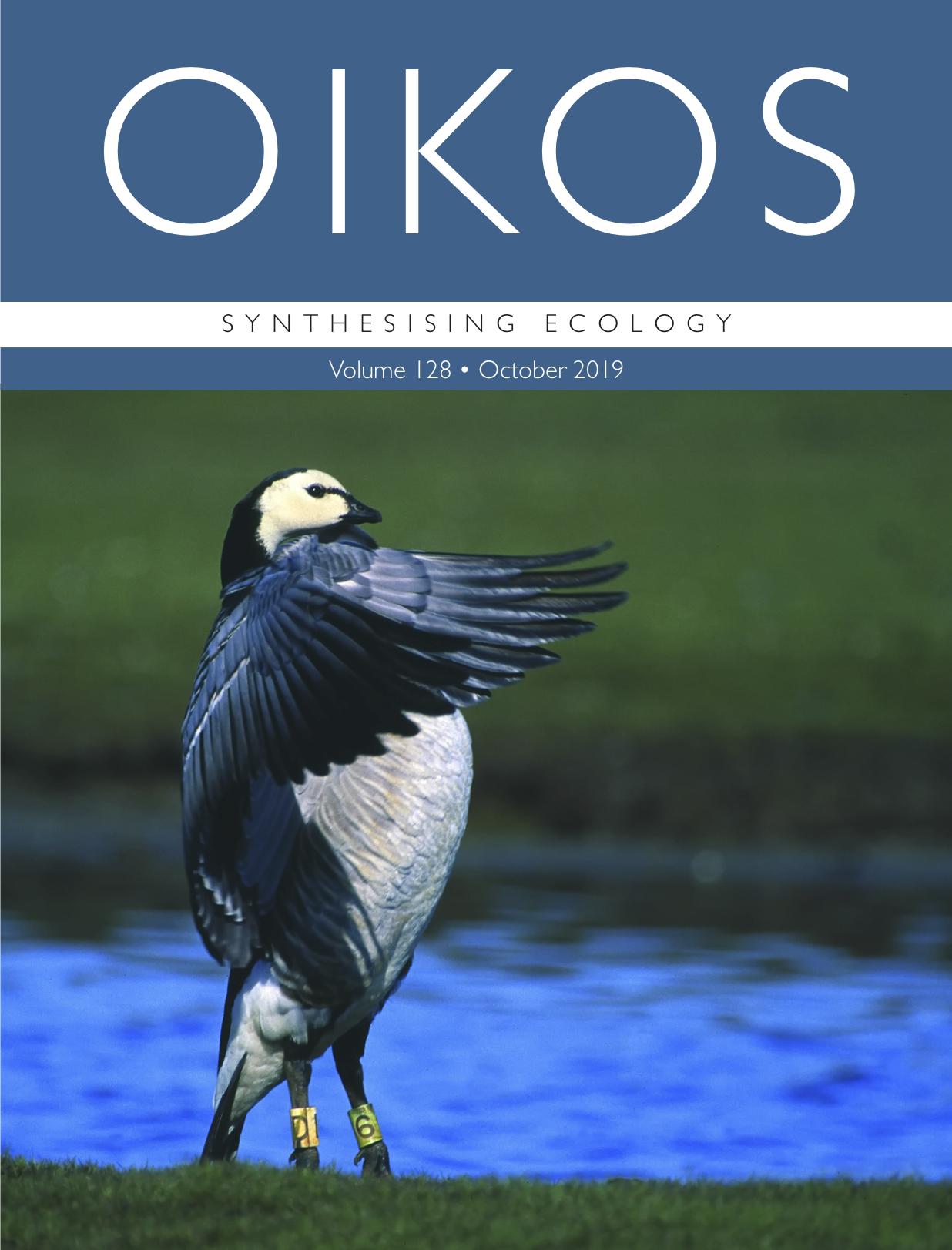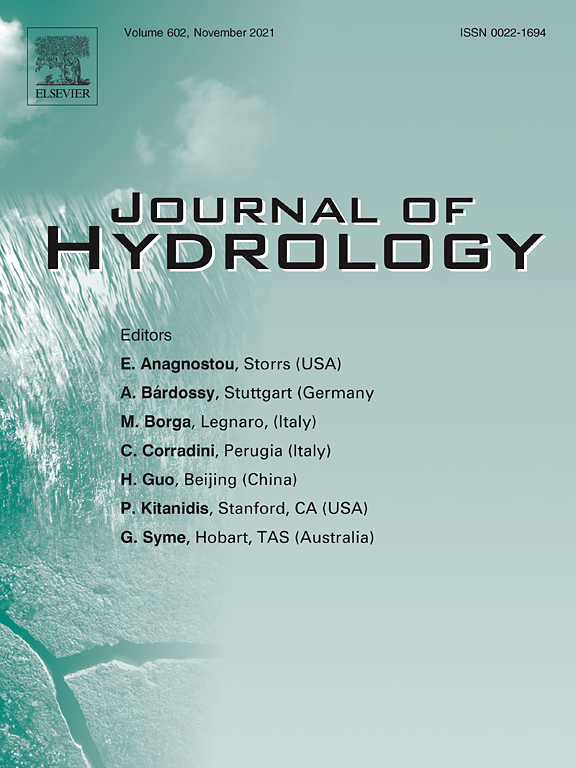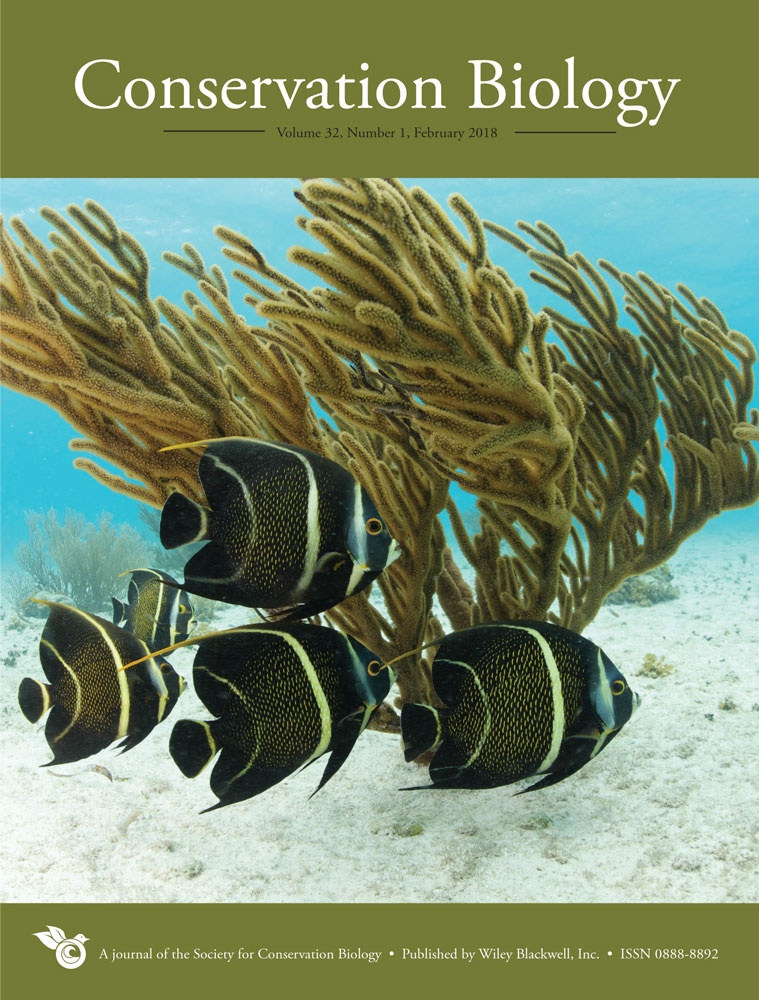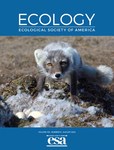Global freshwater distribution of Telonemia protists
The shape of density dependence and the relationship between population growth, intraspecific competition and equilibrium population density
The authors focused on extensions of the logistic growth model, and how intrinsic rates of increase and equilibrium population densities are not independent, but instead are functions of the same underlying parameters. They highlight several options for modeling population growth, and provide a mechanistic understanding of how the model parameters of each model relate to one another.
Developing a conceptual model of groundwater – Surface water interactions in a drought sensitive lowland catchment using multi-proxy data
Increasing droughts require a better understanding of connectivity and groundwater-surface water interactions. The authors used a multi-proxy approach of isotope tracers, groundwater data and geophysics to develop a conceptual model of landscape connectivity and groundwater recharge and assessed the effects of land use and catchment properties of groundwater systems sensitive to climate change.
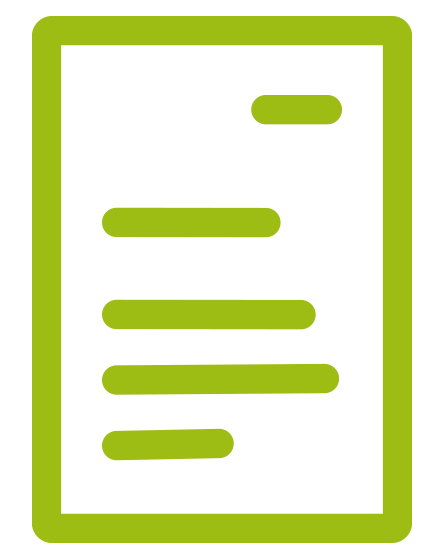
Lake surface water temperature and oxygen saturation resistance and resilience following extreme storms: chlorophyll a shapes resistance to storms
Using the IUCN Environmental Impact Classification for AlienTaxa to inform decision-making
The Environmental Impact Classification for Alien Taxa (EICAT) has been adopted as an International Union for Conservation of Nature (IUCN) standard to measure the severity of environmental impacts caused by organisms living outside their native ranges. This article clarifies the underlying principles, objectives, and uses of EICAT.

Recycling and deposition of inorganic carbon from calcium carbonate encrustations of charophytes

Decomposition of lignin and carbohydrates in a rewetted peatland: a comparative analysis of surface water and anaerobic soil layers

Diversity gradients of terrestrial vertebrates – substantial variations about a common theme
Improving process-consistency of an ecohydrological model through inclusion of spatial patterns of satellite-derived land surface temperature
Since the simulation of evaporation and vegetation response to moisture deficits is subject to uncertainties, the authors assessed the benefits of integrating satellite-based land surface temperature data into ecohydrological modelling. They show that even few satellite images can reduce uncertainties of vegetation parameters and improve simulated spatial patterns of land surface temperature.
Quantifying interspecific and intraspecific diversity effectson ecosystem functioning
The authors included effects of intraspecific variation to a variance partitioning method that allows quantifying effects of losses and gains of inter- and intraspecific groups to changes in ecosystem functioning. The method will also provide information on how biodiversity loss at different ecological levels changes ecosystem functioning.



